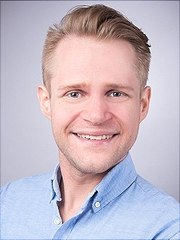Academic Appointments
Since 2019
Junior Professor at the University of Hamburg
2015-2019
Research fellow at the Institut für Gravitationsphysik,
Leibniz Universität Hannover and the Max-Planck Institut für Gravitationsphysik,
Hannover, Germany
2014-2015
Research fellow at the National Institute of Standards and Technology (NIST)
& University of Maryland, Joint Quantum Institute, Maryland, US
Education
2010-2014
PhD Studies in Physics, Leibniz Universität Hannover, Institut für Gravitationsphysik
Thesis: Phase readout for satellite interferometry
2005-2009
Diploma Study of Technical Physics, Leibniz Universität Hannover
Diploma Thesis: „Investigation of Fractional Filling Factors through Magnetotransport and Magnetocapacitance Measurements“

